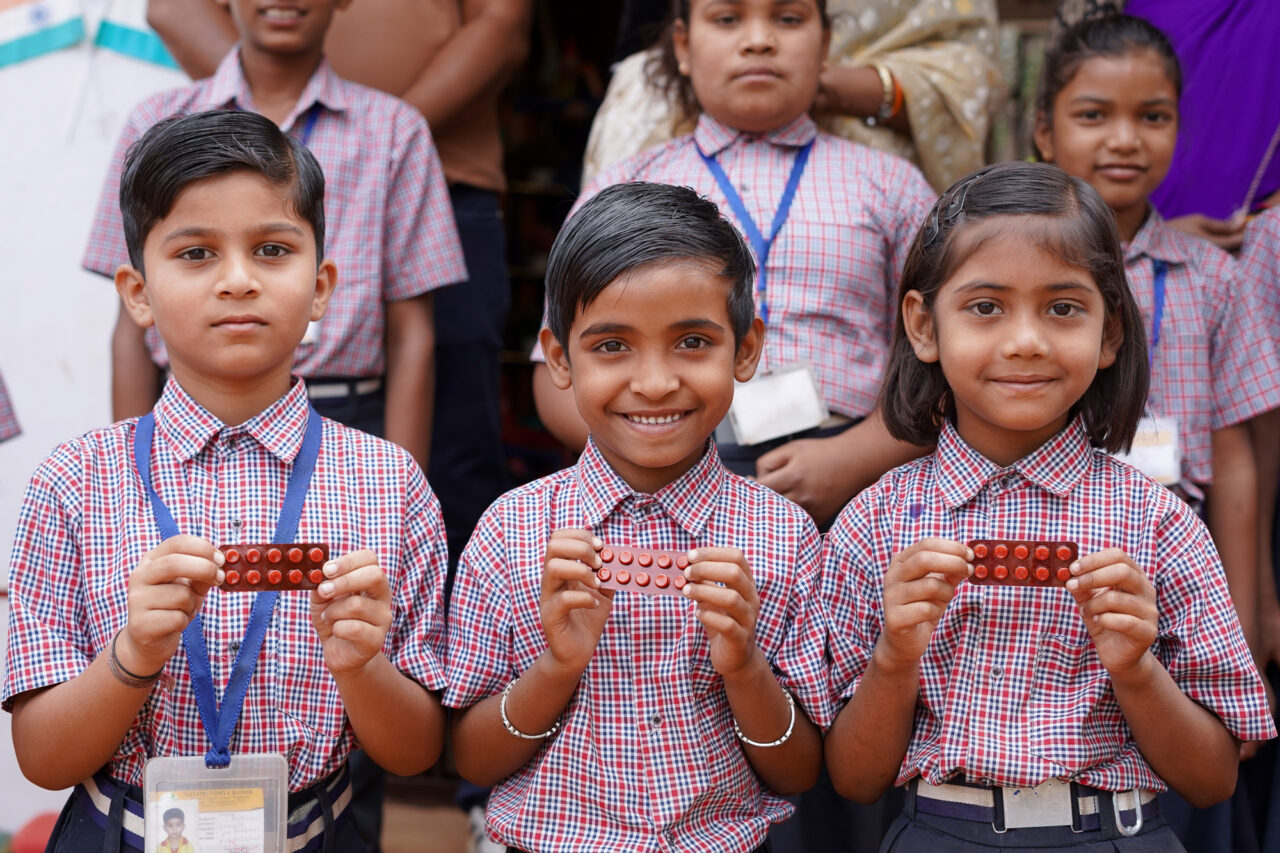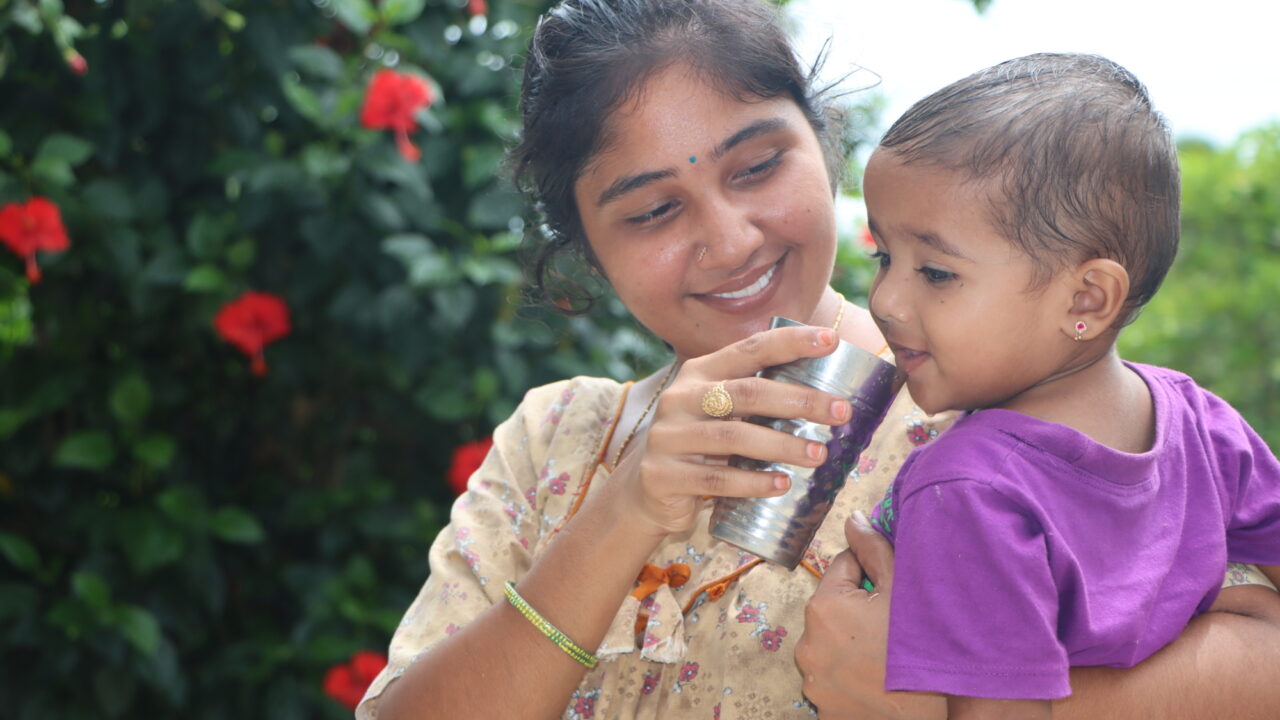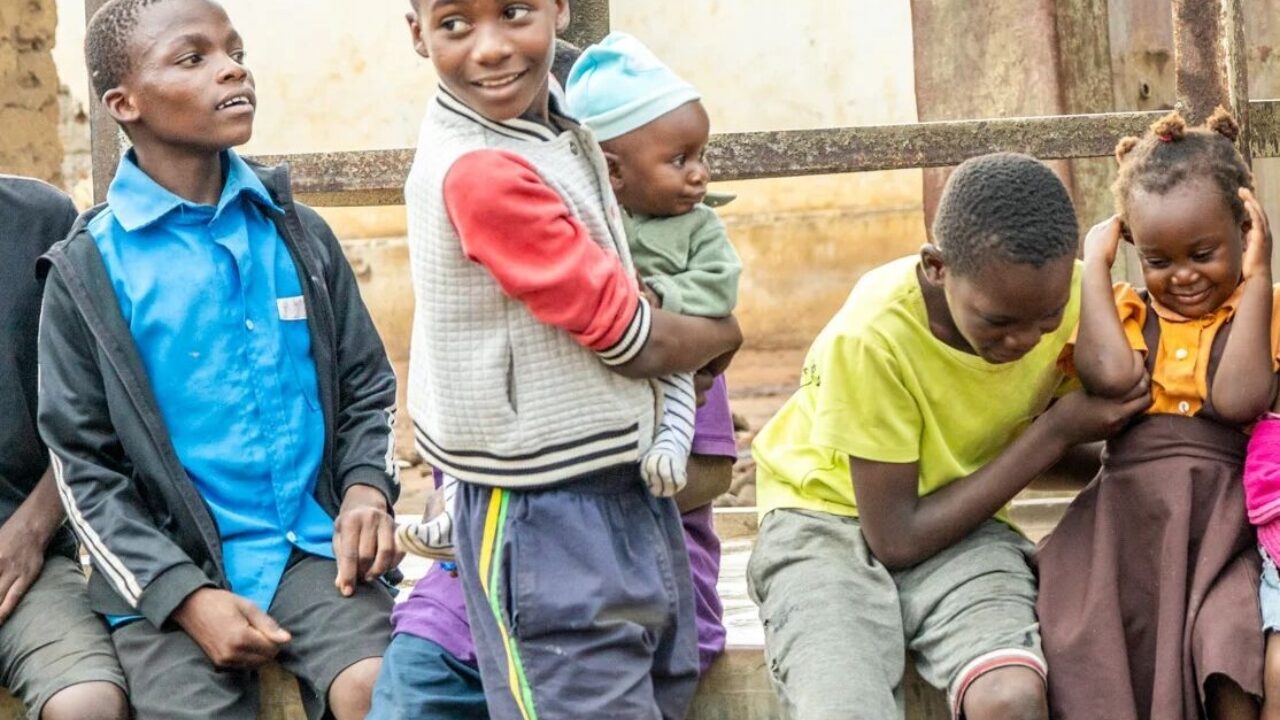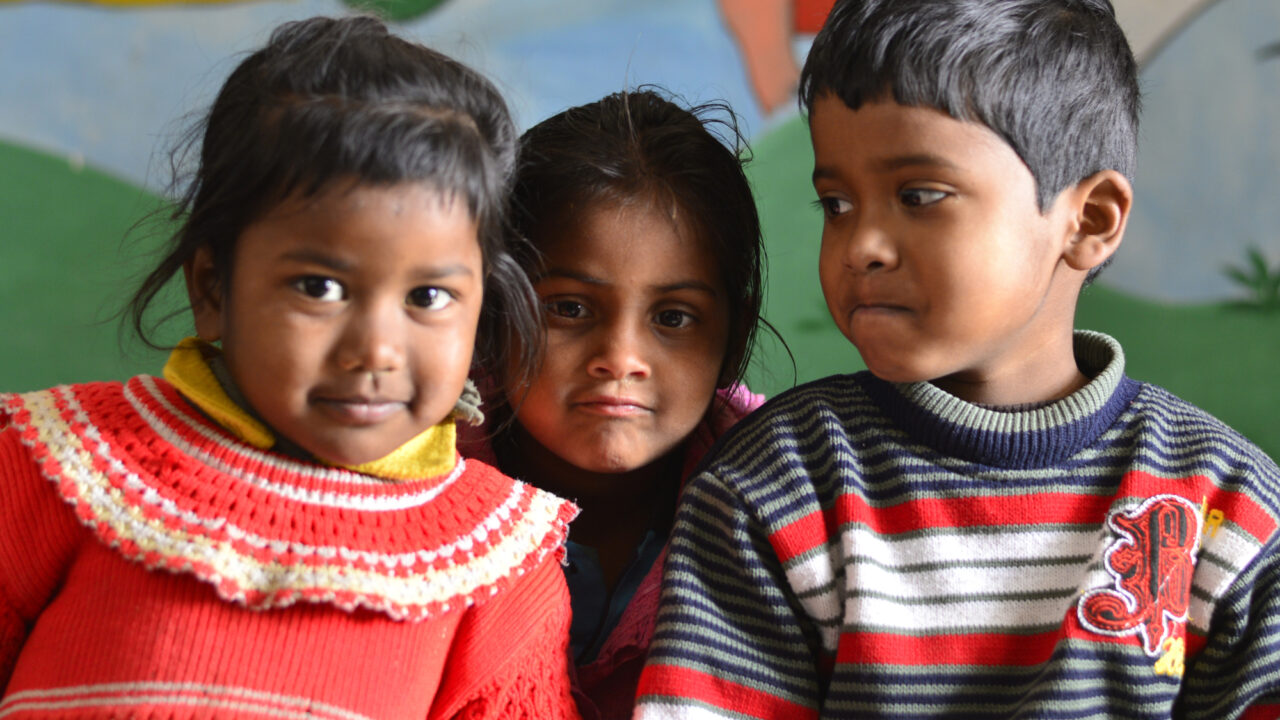Picture a 6-year-old sitting in a classroom. She’s too exhausted to learn, frequently absent, and falling behind academically. Her teachers may see her as inattentive. Her parents may not understand why she’s feeling this way. But her body is fighting just to get through the day – she is anemic and battling intestinal worms. Investing in her health, and that of millions like her, transforms not just short-term health outcomes but also educational achievement and long-term economic prosperity.
School-aged children and adolescents represent one quarter of the global population, yet they remain one of the most neglected groups when it comes to investments in their health and nutrition. While low- and lower-middle-income countries spend $210 billion annually on children's education, only about 2% ($3.4 to $5.5 billion) goes toward ensuring these children have the health and nutrition support necessary to learn effectively. Additionally, from 2003 to 2015, merely 1.6% of development assistance for health targeted school-aged children and adolescents.
The cost of neglect
This funding gap has devastating consequences. In the poorest countries, only 20% of children can access school health programs. Millions suffer from anemia, intestinal worms, and malaria – all preventable conditions that undermine educational outcomes and future potential.
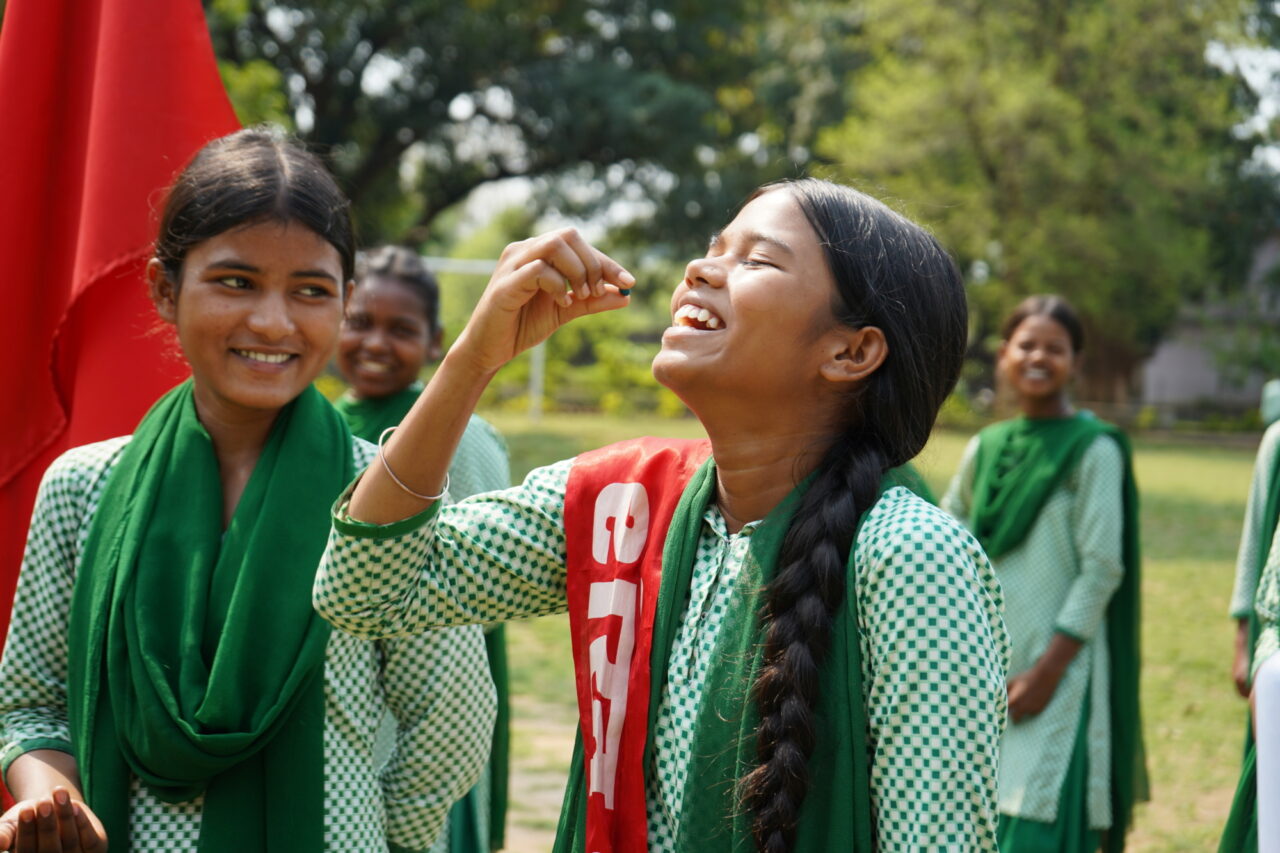
We know how to help these children — we just haven’t made it a priority. Deworming and nutrient supplementation can keep students in school 2.5 years longer. Disease-prevention interventions have shown over 60% reductions in malaria-related absenteeism. The HPV vaccine, when given to girls during adolescence, is highly effective at preventing cervical cancer later in life. These investments during a critical phase of child development can yield not only short-term health, nutrition, and education benefits, but also substantive improvements in future economic well-being. Iron and folic acid (IFA) supplementation , for example, is associated with increases of 4.6 IQ points for anemic children – roughly the difference between being in the middle of the class to moving into the top third. Additionally, deworming is associated with a 13% increase in the future income of dewormed children.
Why partner with schools?
Schools are a logical setting for the delivery of health and nutrition services to large numbers of children and adolescents. In many countries across Asia and Africa, schools vastly outnumber health facilities. This makes them an ideal delivery platform to reach more children at lower cost and with higher confidence in adherence.
Recognizing this potential, Evidence Action has made school-based health and nutrition central to our work, reaching millions with proven and cost-effective interventions.
Deworm the World has delivered over 2 billion treatments since 2012 for less than $0.50 per child, increasing individual lifetime earnings by more than $23 billion over the program’s first decade. By partnering with governments and leveraging education infrastructure, we've cut worm prevalence by nearly half across multiple countries. These gains have been so significant that in some cases, we've reduced treatment frequency and transitioned programs to full government ownership.
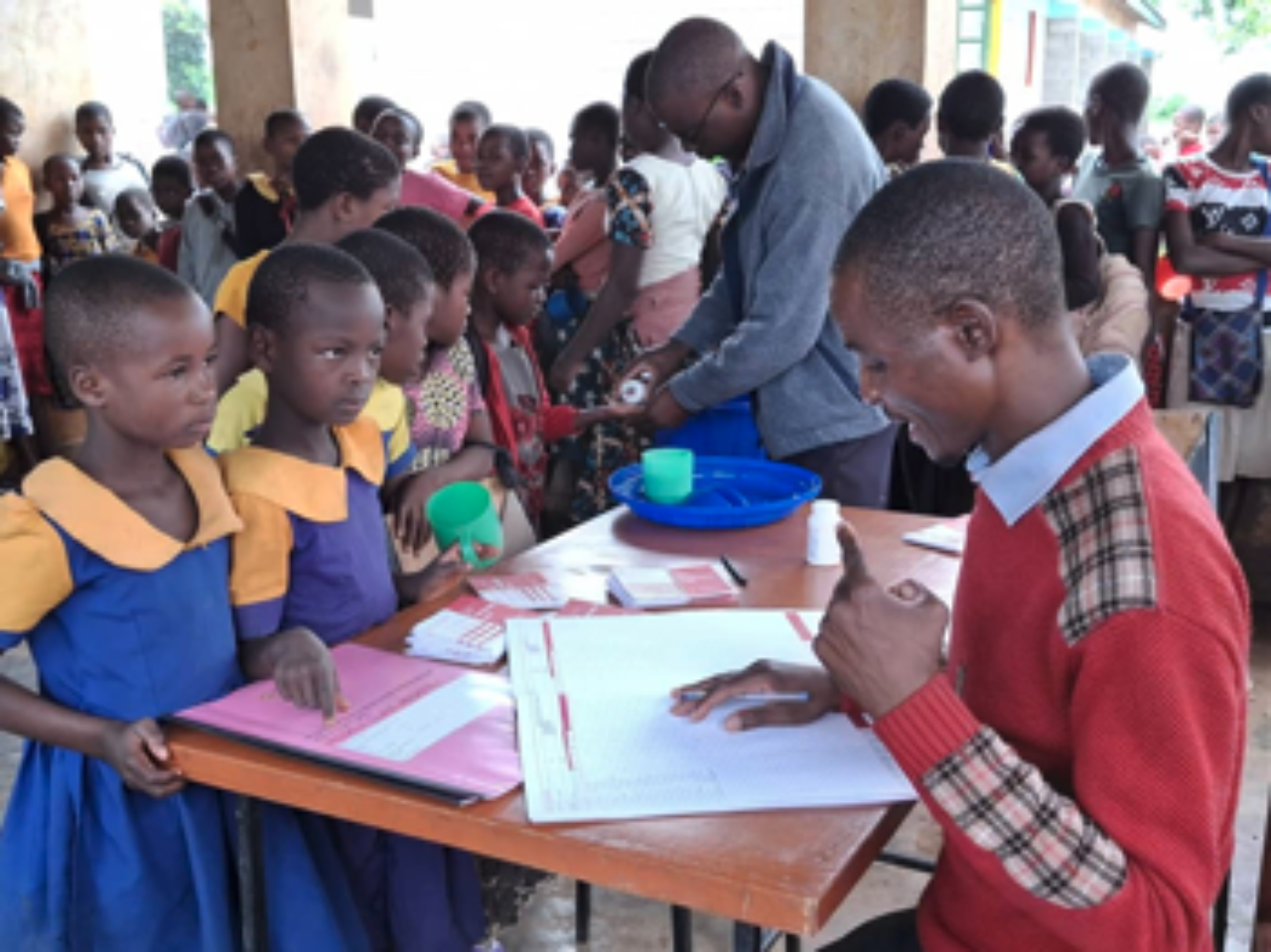
Equal Vitamin Access tackles anemia through weekly IFA supplements delivered in schools. We currently reach over 27 million children annually across five Indian states and recently expanded to Malawi, targeting 3.5 million children through integrated deworming and IFA programming.
Using schools makes layering additional programs even more cost-effective. For example, in Malawi, by combining deworming and IFA supplementation, we drove down delivery costs by 12%. Building on this approach, we are now partnering with the National Malaria Elimination Programme in Nigeria to pilot malaria prevention via school-based distribution of preventive antimalarial drugs, and we are exploring layering HPV vaccination for adolescent girls on top of existing deworming programs.
This proven platform not only improves children’s health at scale today, but also strengthens systems so that some governments can sustain school-based delivery on their own – and for all, delivery costs decrease to reduce reliance on external aid, ensuring more children can attend school healthy, focused and ready to learn.
Why is it so important to invest now?
At a time when key countries are cutting development assistance, other governments and donors must step forward. We cannot accept that fewer children receive essential interventions. Instead, we must double down on proven, cost-effective approaches that benefit the largest populations.
School-based interventions like deworming, IFA, HPV vaccination, and malaria prevention represent a key opportunity: they are evidence-backed, exceptionally cost-effective, and capable of reaching millions through a low-cost delivery model. We can no longer ignore a quarter of the world’s population – the very foundation of our future. The question isn't whether we can afford to invest. Rather, can we afford not to?
